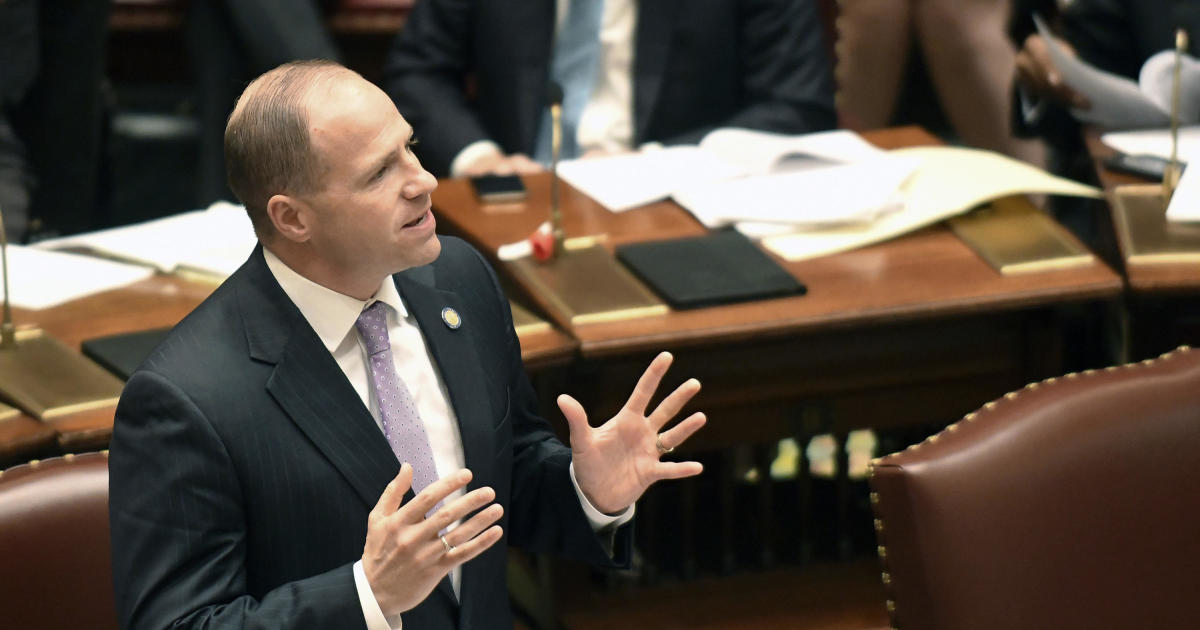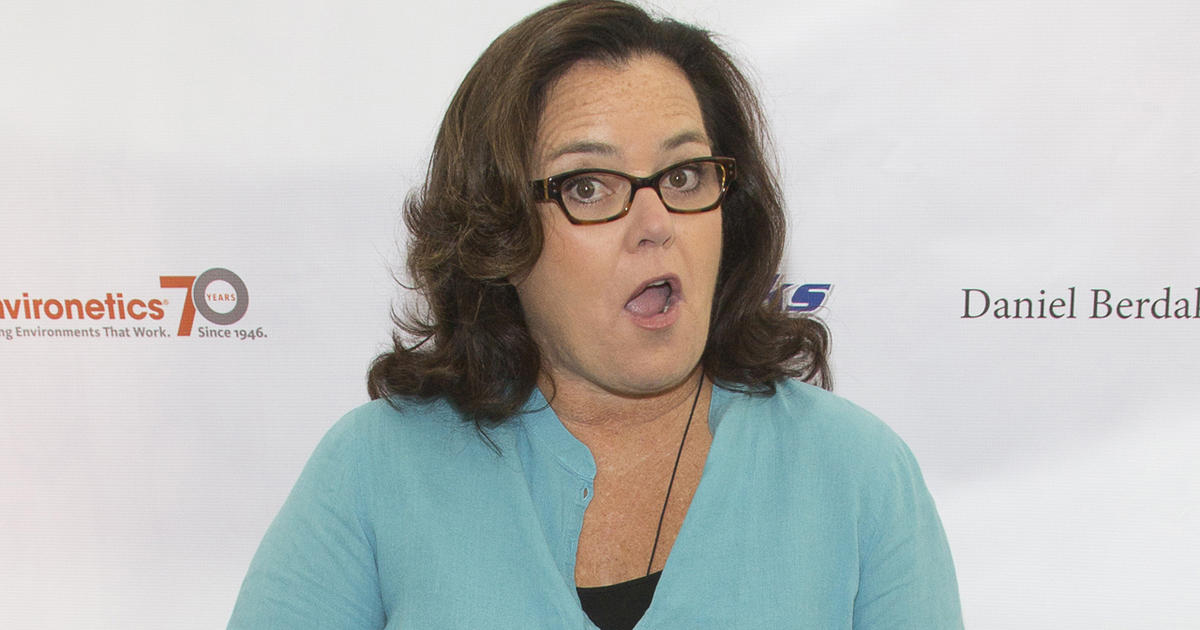With student loan forgiveness in limbo, here's how the GOP wants to fix college debt
Millions of Americans with student debt are in limbo as they wait for the Supreme Court to rule on the Biden administration's student-debt relief program. But in the meantime, some Republican lawmakers are proposing their own methods for tackling what they describe as the "skyrocketing" cost of college.
The Lowering Education Costs and Debt Act, introduced on Wednesday by a group of Senate Republicans, would require colleges to provide clearer information about their costs, while prospective students would receive information about their likely loan repayment burden compared with their projected income.
The legislation would also cap borrowing for graduate students, with the lawmakers arguing that generous loans have encouraged colleges and universities to ramp up their tuition costs.
The new plan comes at a crucial moment for the 43 million people with student debt. Borrowers are not only awaiting the Supreme Court ruling on whether they might receive up to $20,000 in loan forgiveness, but are poised to begin college loan repayments on September 1 after a three-year hiatus. At the same time, college costs continue to rise, with some Ivy League schools charging close to $90,000 a year for tuition and fees.
"The current federal higher education financing system actually contributes to the problem," said Senator Bill Cassidy, a Republican from Louisiana, at a press conference Wednesday to discuss the legislation. "Some colleges and universities have used the availability of federal loans to increase tuition, and this has left many students drowning in debt."
The Republican lawmakers said they view President Joe Biden's plan to forgive student debt as an unfair approach that saddles taxpayers with the bill and doesn't address the underlying issues that are causing college costs to rise. The typical cost of a 4-year public college have surged 179% over the last two decades, far above the rate of inflation, according to the Education Data Initiative.
The causes of the rising cost of tuition are complex, and include state funding cuts for public colleges and universities.
To be sure, it's unlikely that the Republican plan would advance under the current political landscape, given that the Senate and White House are controlled by Democrats. But the legislation provides insights into how Republicans would tackle the thorny economic issue of college debt.
Capping borrowing
The legislation, which is a package of five bills, would tackle college debt partly by limiting the amount that graduate students can borrow.
Most graduate students would be limited to taking out federal loans of $20,500 per academic year, while those in professional grad programs such as medical or law school would be limited to $40,500 in loans per year.
"A government blank check to the universities have made the problem worse," said Senator Tommy Tuberville of Alabama at the press conference.
Still, limiting borrowing may have an unintended effect: Universities could simply shift their enrollment to students who come from wealthy backgrounds and could attend with no or few loans.
Medical school, for instance, has an average annual cost of about $58,000, according to the Education Data Initiative. Some low- or middle-income students could find themselves unable to attend medical school if they weren't able to finance their entire education, which could shift enrollment toward higher-income students.
More transparency on cost
The legislation would also require colleges to provide more information to prospective students about outcomes and loans, while also implementing a uniform financial aid letter so students could more easily compare tuition and fees at different schools.
Cassidy gave an example of a students considering a college with only a 5% graduation rate that would require a $50,000 loan and where graduates earned about $30,000 annually. "That would be a clear market signal: Don't enroll in that program," he said.
Student financial aid letters are usually misleading, a government report found last year. Nine in 10 schools fail to provide Americans with an accurate estimate of the cost of attendance in their financial aid offers, which can make it difficult to compare costs and make the best financial choice, the study found.
"A college education is one of the largest financial commitments many Americans make, but here isn't that much information for students to know if they are making the right or wrong decision for the amount they are borrowing," Cassidy said.
He added, "You don't buy a car without the ability to compare prices, quality and financing options — the same thing goes for buying a house. Why don't we do the same for college students?"



